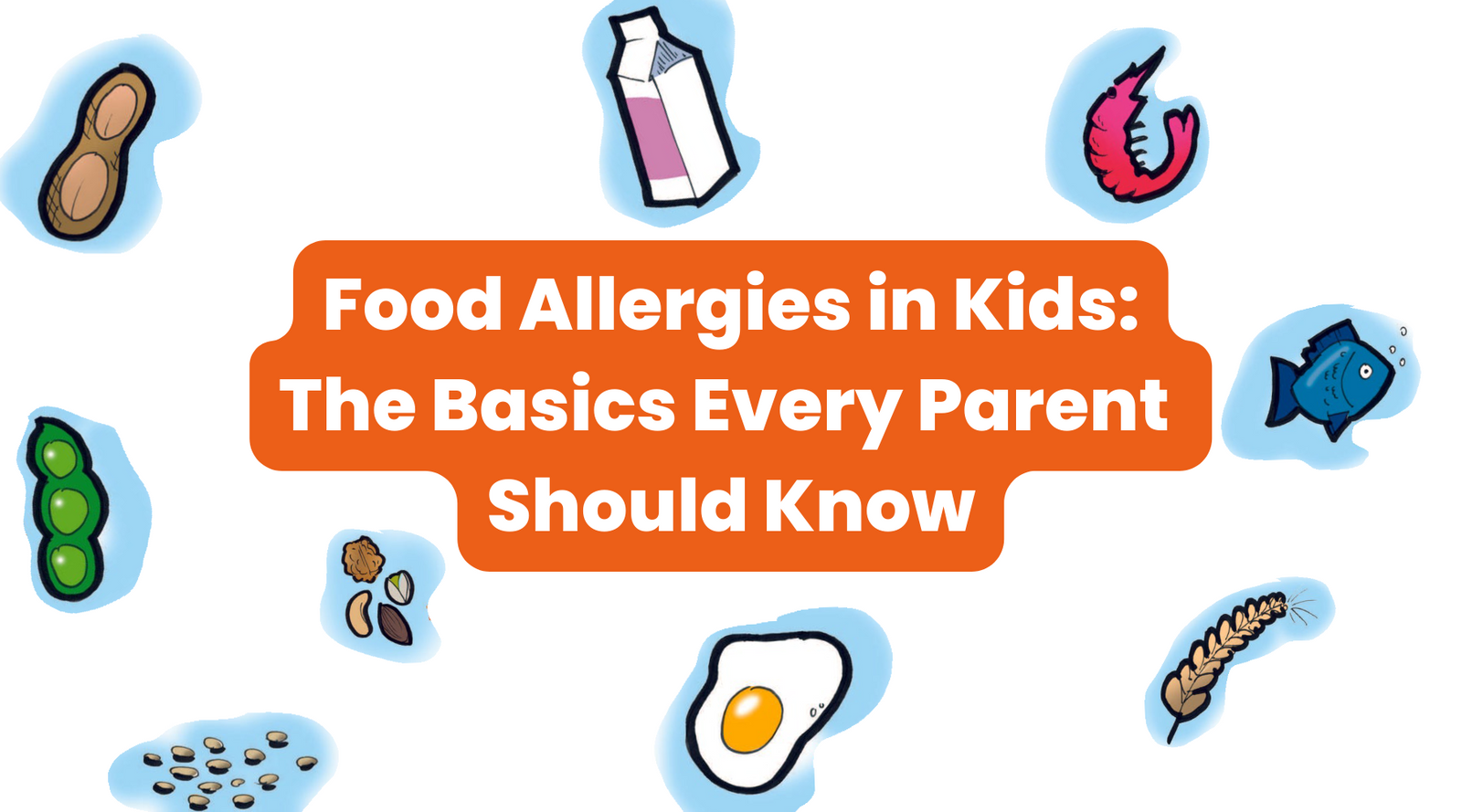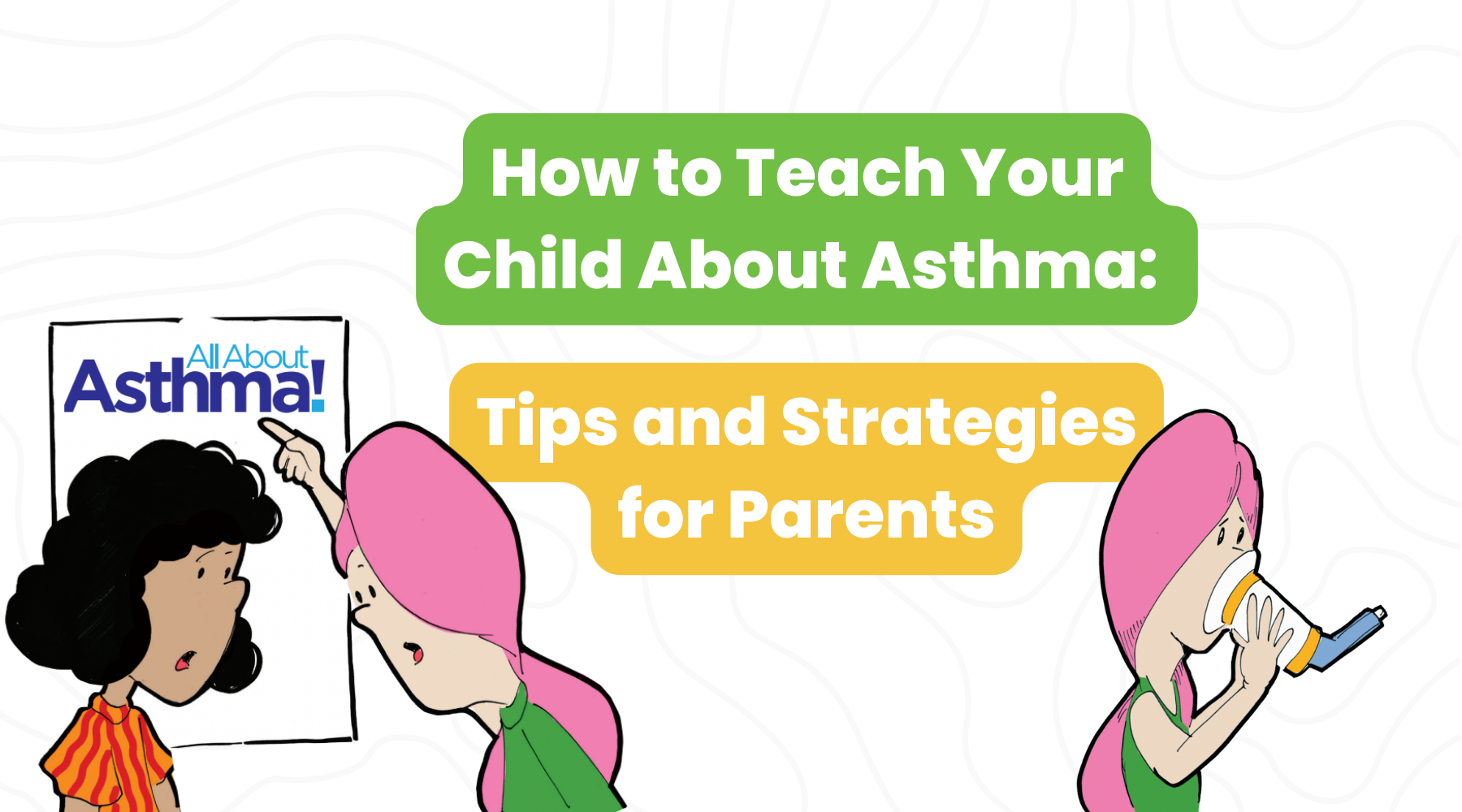Food Allergies in Kids: The Basics Every Parent Should Know

Food allergies in children are becoming more common, and as a parent, it's critical to understand what they are, how they manifest, and how to prevent and treat them. Food allergies affect approximately 8% of children in the United States, according to recent studies, with the most common allergens being milk, eggs, peanuts, tree nuts, soy, wheat, fish, and shellfish. In this article, we'll go over the fundamentals of food allergies in children and offer helpful hints to keep your child safe.
Common Food Allergies in Kids and Their Symptoms
Milk, eggs, peanuts, tree nuts, soy, wheat, fish, and shellfish are among the most common food allergies in children. Each of these allergens has the potential to cause a variety of symptoms in children, ranging from mild to severe. Food allergies can cause a variety of symptoms in children, but the following are some of the most common:
- Rashes or hives
- Lips, face, or tongue swelling
- Having trouble breathing
- Diarrhea or stomach pain
- Vomiting
- Consciousness loss
It's important to remember that food allergies can be fatal, so seek medical attention right away if you suspect your child is having an allergic reaction.
Statistics of Food Allergies in Kids
As previously stated, food allergies affect approximately 8% of children in the United States, and the prevalence of food allergies is increasing. In fact, food allergies in children have increased by 50% in the last 20 years. This is a significant increase, and researchers are still trying to figure out why.
Difference between the Food Allergies in Kids
Food allergies in children are classified as IgE-mediated or non-IgE-mediated. The most common type of food allergy is IgE-mediated, which occurs when the body produces an antibody called immunoglobulin E (IgE) in response to a specific allergen. Non-IgE-mediated food allergies are less common and can occur when the body responds to an allergen in a different way.
Symptoms of Food Allergies in Kids or Their Reactions
As previously stated, food allergies in children can range from mild to severe. Some children may only have mild symptoms like hives or a rash, whereas others may have more severe symptoms like difficulty breathing or loss of consciousness. It's important to remember that the severity of a child's symptoms does not always correspond to the severity of their allergy.
Risks and Diagnosis of Food Allergies in Kids
Food allergies can be fatal, so it's critical to treat them as such. If your child has a known food allergy, it is critical to take precautions to avoid exposure to the allergen. In addition, an emergency action plan should be in place in case of accidental exposure. Food allergies in children are typically diagnosed through skin testing or blood testing.
Prevention and Treatment of Food Allergies in Kids
The best way to prevent food allergies in children is to keep them away from the allergen. If your child has a known food allergy, it is critical to carefully read food labels and ask questions when dining out. It's also critical to teach your child about their allergy and how to identify the symptoms of an allergic reaction.
If your child does have an allergic reaction, seek medical attention right away. Food allergies are usually treated by avoiding the allergen and carrying an epinephrine auto-injector in case of accidental exposure.
Some Facts about Food Allergies
Food allergies are an immune system reaction to a specific food protein. When the immune system recognises a protein as harmful, histamine and other chemicals are released into the body, resulting in allergic reactions. Food allergies can range from mild to severe, and in some cases can be fatal.
It's very important to differentiate between food intolerances & food allergies. Food intolerances are not fatal and do not involve the immune system. Food intolerances, on the other hand, occur when the body has difficulty digesting a specific food, resulting in symptoms such as bloating, gas, or diarrhoea.
Food allergies affect approximately 8% of children in the United States, according to recent studies. Milk, eggs, peanuts, tree nuts, soy, wheat, fish, and shellfish are the most common allergens among children. It's also worth noting that some children will outgrow their food allergies, while others will have them for the rest of their lives.
Navigating the world of food allergies as a parent can be difficult. That is why we recommend the book "The Class That Can: Food Allergies" to help children learn about food allergies. This book is an excellent resource for parents, teachers, and children alike, as it teaches children about food allergies in an entertaining and engaging manner.
In addition to resources such as the book "The Class That Can: Food Allergies," it is critical for parents to play an active role in their child's food allergy management. This includes carefully reading food labels, communicating about your child's allergies with teachers and carers, and teaching your child how to recognise the symptoms of an allergic reaction.
The book, as well as a variety of other resources for children with food allergies, is available for purchase on The Land of Can website.
Conclusion
Food allergies are becoming more common, and as a parent, it's critical to understand what they are, how they manifest, and how to prevent and treat them. We hope that this article has provided parents and children with food allergies with useful tips and resources.
Remember that food allergies can be fatal, so take them seriously and seek medical attention immediately if you suspect an allergic reaction. Children with food allergies can live happy, healthy lives if they receive the proper education and resources.





Leave a comment